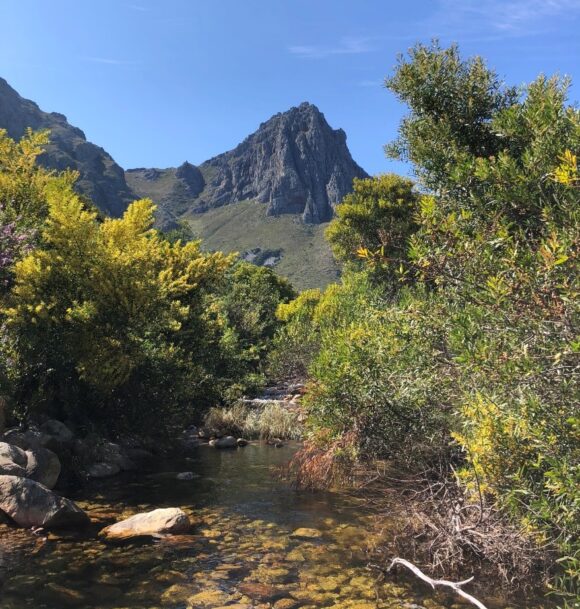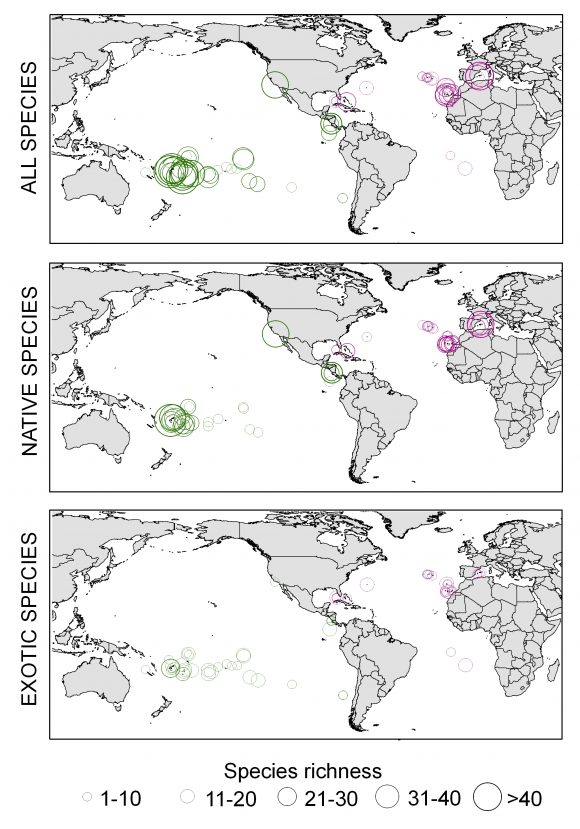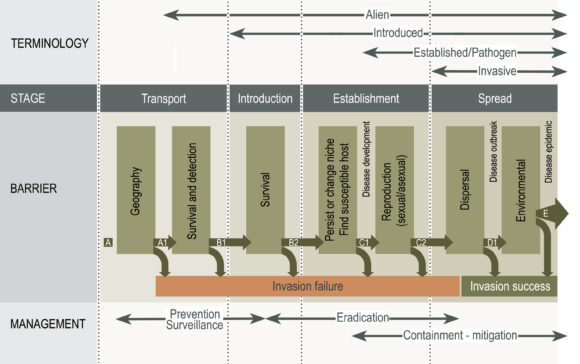28 February 2022 | By Nicola du Plessis
A new study by Stellenbosch University researchers shows that a lack of funding, poor communication among stakeholders and inadequate knowledge are the major barriers to successful restoration of riparian zones in the Global South.
The results of the study were published in the journal Ambio.
Nicola du Plessis (former Stellenbosch University student), Dr Alanna Rebelo (Post-doc researcher) and Prof Karen Esler (C·I·B Core Team Member) from the Department of Conservation Ecology and Entomology, and Prof Dave Richardson (Director of the C·I·B) conducted an interdisciplinary, mixed-method study using remote sensing, historical data, and stakeholder interviews to investigate the extent to which a degraded but ecologically important river in the Western Cape of South Africa, should be restored.
A historical analysis of the Dwars River valley showed that degradation has been caused by a long history of land use and land cover change which has facilitated the invasion of alien trees species including long-leafed acacia (Acacia longifolia), white poplar (Populus alba), black alder (Alnus glutinosa), Port Jackson (Acacia saligna), and black wattle (Acacia mearnsii). Recent attempts to eradicate these invasions have been unsuccessful, largely owing to barriers and challenges faced by implementers, as well as complexity within the system.
The key barriers preventing full-scale restoration were established to be a lack of sufficient funding, inappropriate funding models, a lack of communication among stakeholders, and a lack of techno-scientific knowledge.
Interviews of landowners bordering the Dwars River revealed that although there is general concern for the river’s health, there are a variety of diverse and often conflicting perceptions of invasive alien species and how they should be managed.
Due to these barriers and challenges, restoring the entire riparian zone to its historical state is unrealistic. Instead, areas which have not yet crossed biological thresholds (i.e., recent and/or low-density invasions) should be prioritised for rehabilitation to optimize spontaneous succession.
The study also recommends that to achieve this, landowners need to be involved in collective support of future conservation efforts along the river. Education of stakeholders through collaborative social learning is key to this process.
“Even when the goal is not to restore to a past ecosystem state, a holistic view is needed,” said Nicola du Plessis. “This is necessary to understand landscape context and to inform appropriate goals along the restoration continuum in the face of new barriers and future opportunities.”
The project was funded by the Water Research Commission.
Read the paper
Du Plessis, N.S., Rebelo, A.J., Richardson, D.M. et al. Guiding restoration of riparian ecosystems degraded by plant invasions: Insights from a complex social-ecological system in the Global South. Ambio (2021). https://doi.org/10.1007/s13280-021-01691-y
For more information, contact Nicola du Plessis at nickidup@gmail.com

(Photo by Nicola du Plessis)


